Woodturning Wonder Woman: Betty Scarpino
By Kevin Wallace and Terry Martin from the Little Book of Wooden Bowls
From ancient and humble beginnings, woodturning has been transformed into an art form for the twenty-first century. As both wood and fine craftsmanship become more precious in a machine-made world, the art not only reminds us of a simpler past, but it also shows nothing is fixed and old skills can evolve unexpectedly. Betty Scarpino is one of the exceptional artists featured in the Little Book of Wooden Bowls. We hope Betty’s story below and the 30 other artists featured in the Little Book of Wooden Bowls inspire you to grow your woodworking dreams.
Betty Scarpino has worn many hats in her time – artist, editor, teacher, writer, sculptor, printmaker, woodworker, and contest competitor. As a woman in the woodworking career since the seventies, Betty is a recognized master in the woodturning field and it’s no question that she is a pioneer for woodworking women today.
Little Book of Wooden Bowls
I like to discover what lies below the surface, within a turned form. It’s like discovering hidden treasure.
In early in life, Betty read about the lives of Georgia O’Keeffe, Louise Nevelson, Beatrice Potter, and Barbara Hepworth, becoming inspired towards a life in art. She earned a degree in industrial arts with a focus on woodworking, and later transitioned from production woodworking to fine art wood sculpting. Betty later earned the title of editor of American Woodturner, where she spent 10 years working on thousands of woodturning articles.
Now with countless awards and artwork in permanent museum collections, Betty’s enjoys her studio time in Indianapolis, Indiana. Her artwork reflects the “memoir of the subconscious”. Betty Scarpino thinks in three dimensions and works intuitively. She almost never plans or draws forms for her work. Her artistic process is like playing; she has patience and lets the design evolve. The final sanding is where her perfectionist temperament shows. She works methodically and sands by hand until the finish is as silky as she wants. If the result is not perfect, she is prepared to go back and do it again. The final surface is so well finished that often only a single coat of Danish oil is needed. She retains enough of the evidence of turning in each piece to both acknowledge and deny it is turned work.
Thierry Martenon: Untitled #06012005, 2005. Martenon’s juxtaposition of two unlikely materials, slate and wood, is typical of his approach. He is unrestricted by conventional expectations.
Binh Pho: Dream of Fire, 2007. Though Dream of Fire is small enough to cup in your hand, lush images cover it on all sides.
Virginia Dotson: After Image, 2003. “Animation and beauty may be found in the coexistence of opposites: positive and negative, light and dark, form and space.” – Dotson
Get Exclusive Email Offers And Receive 15% OFF On Your First Book Order!

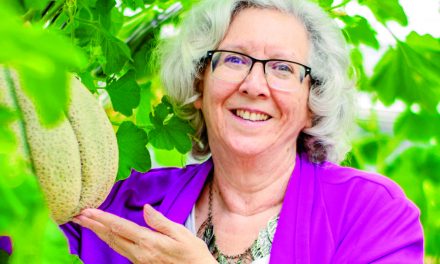
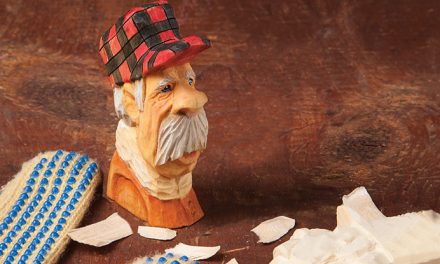
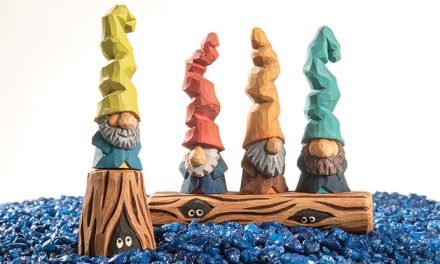
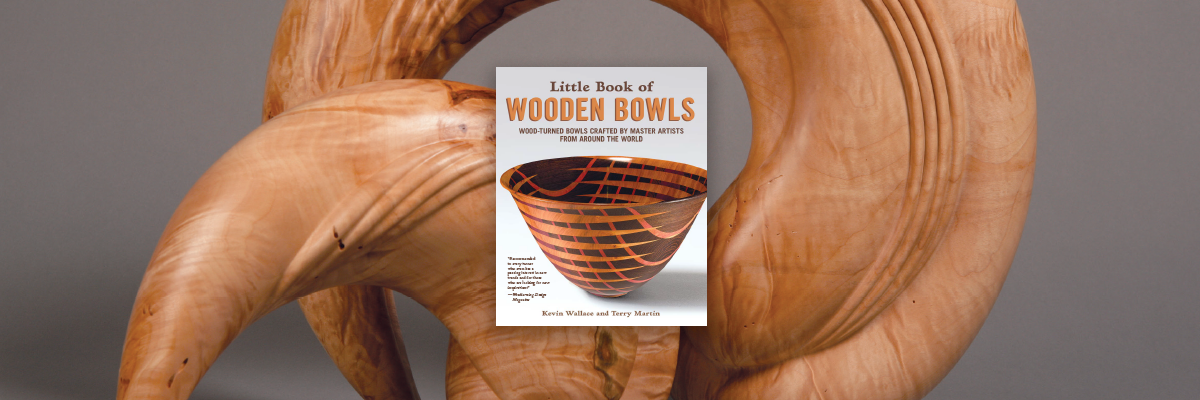
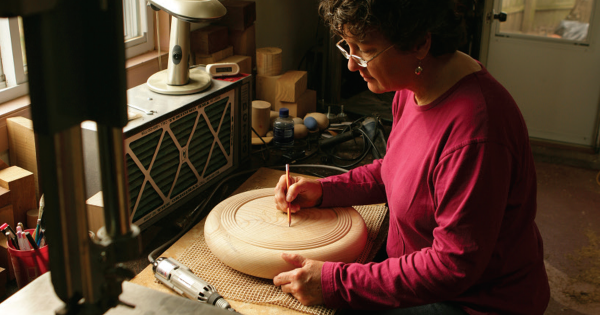
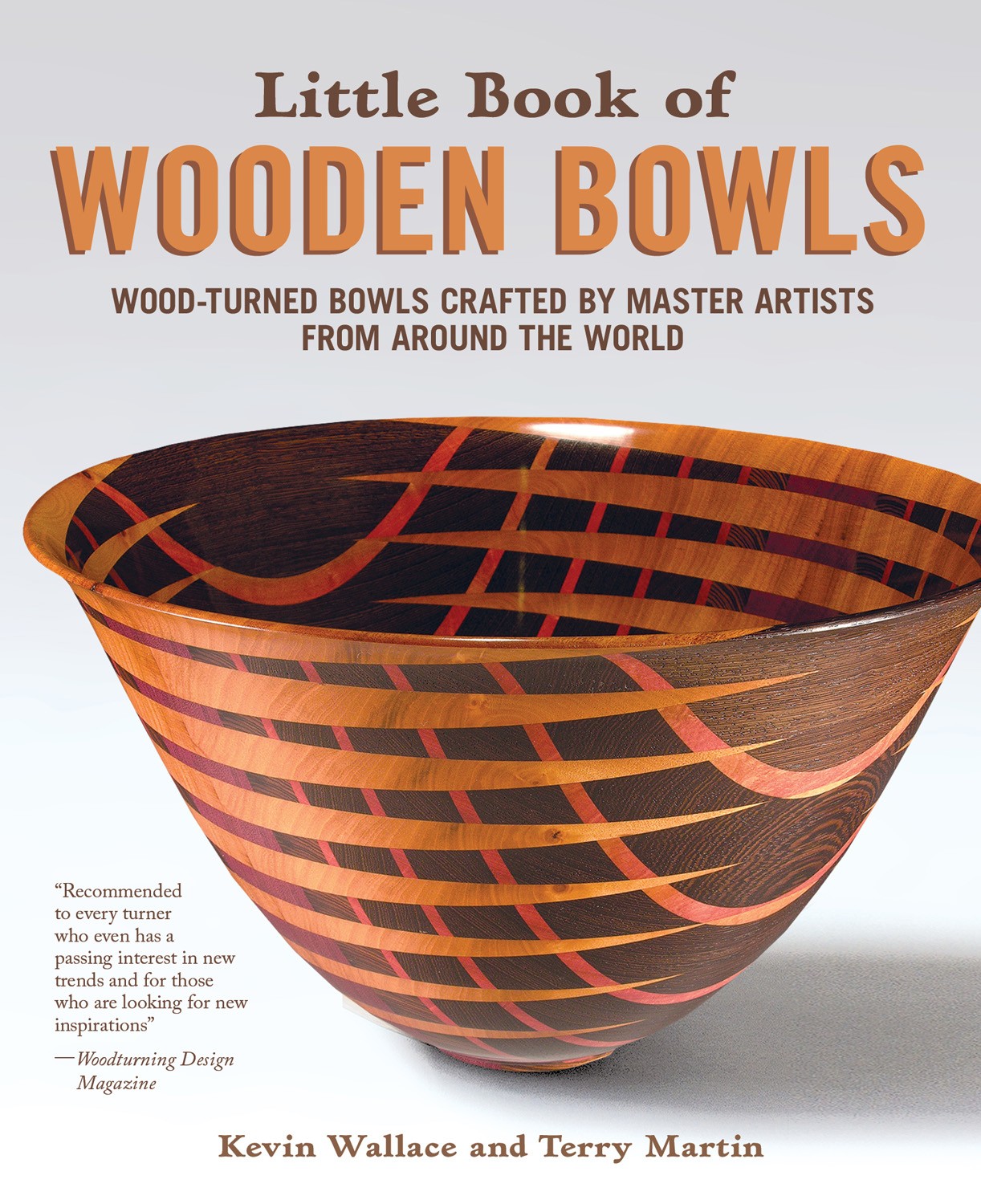
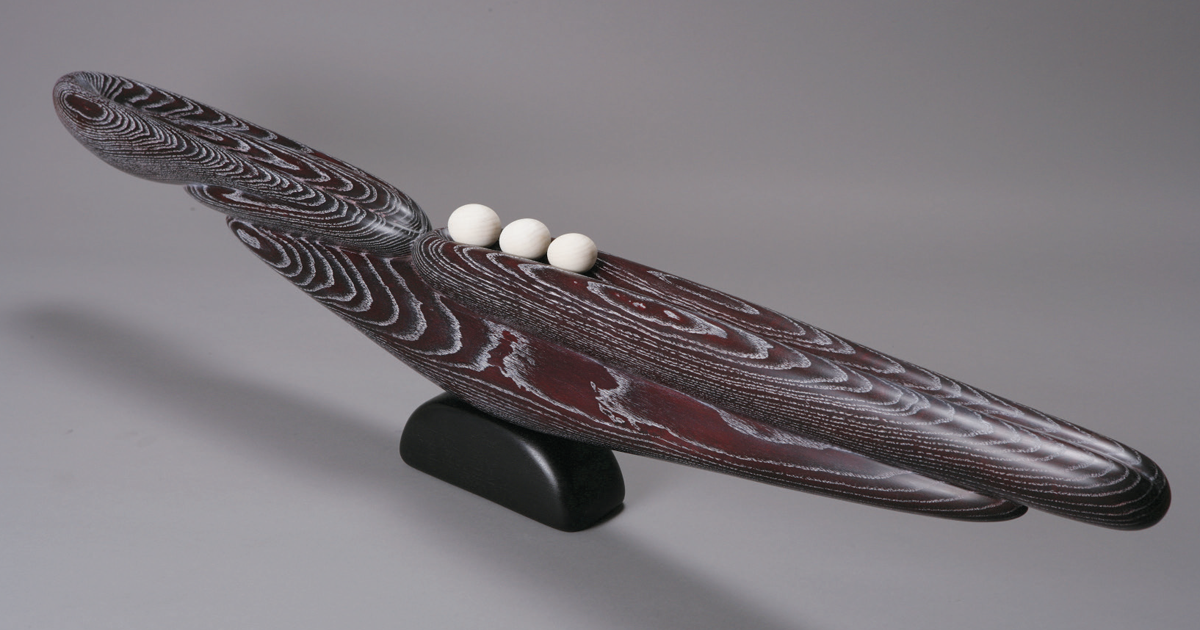
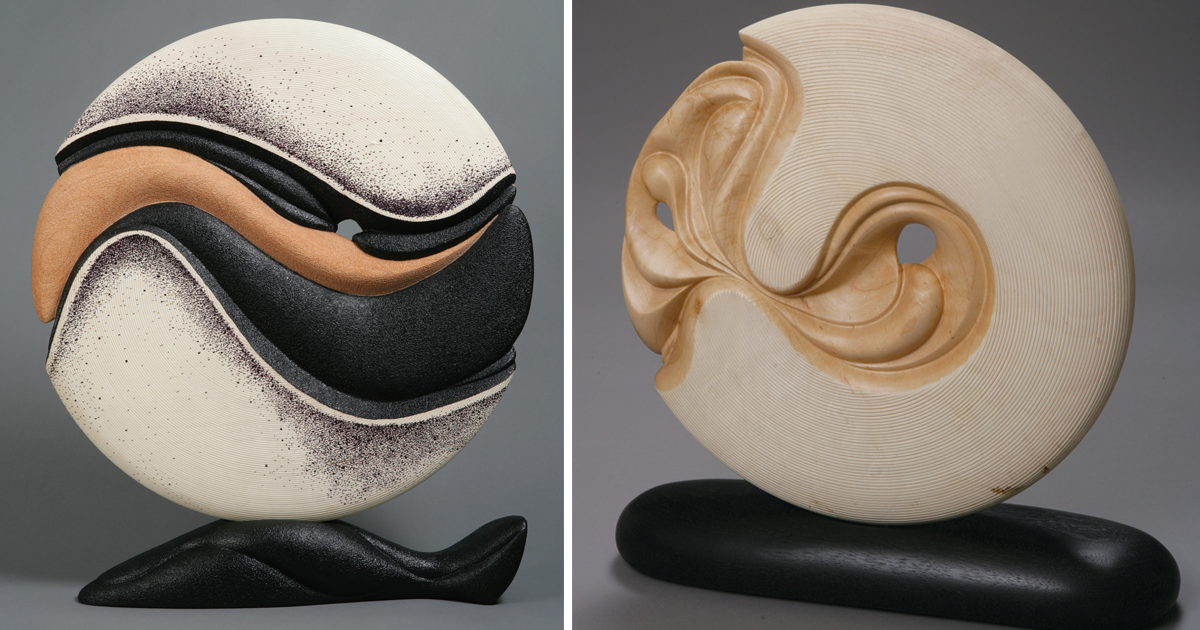
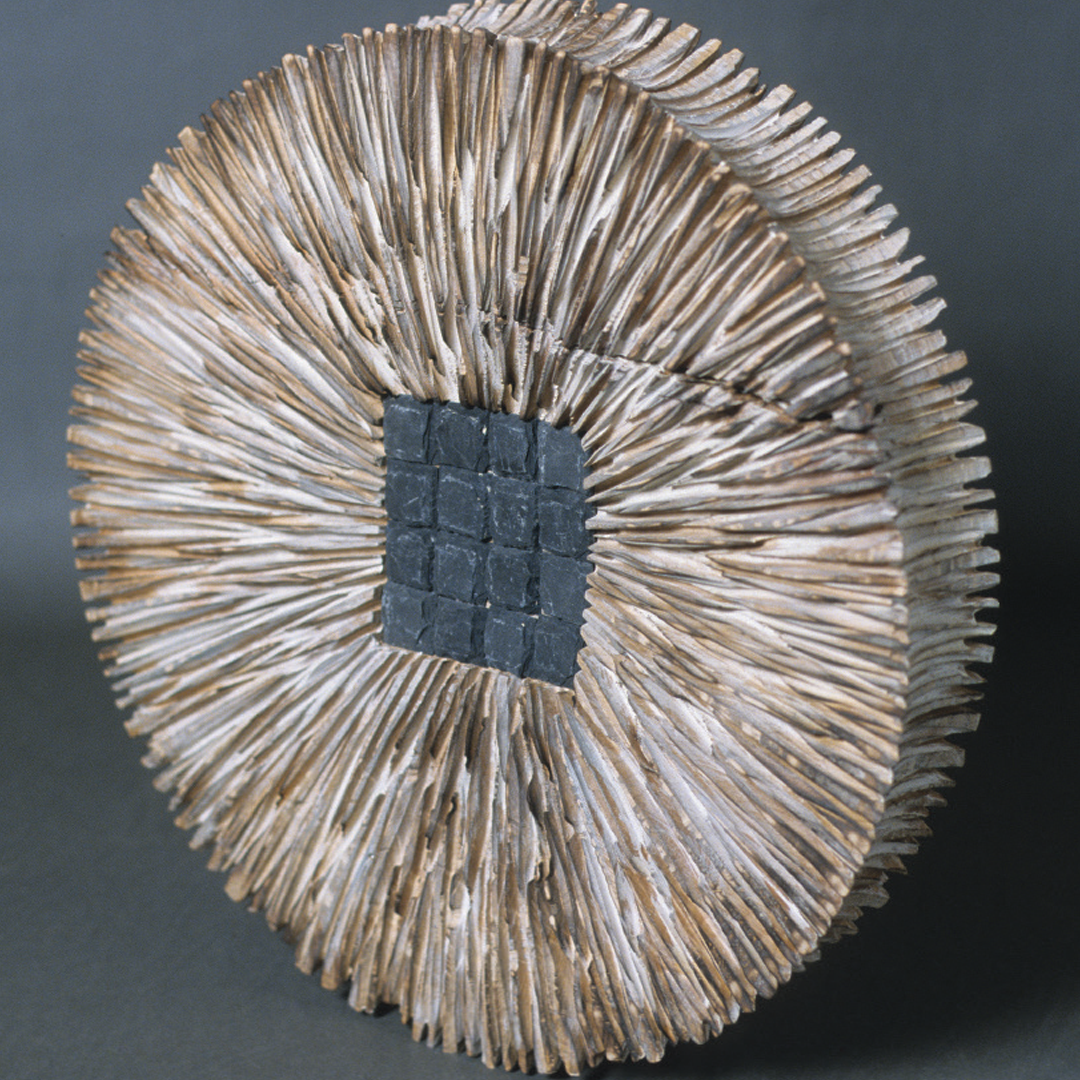
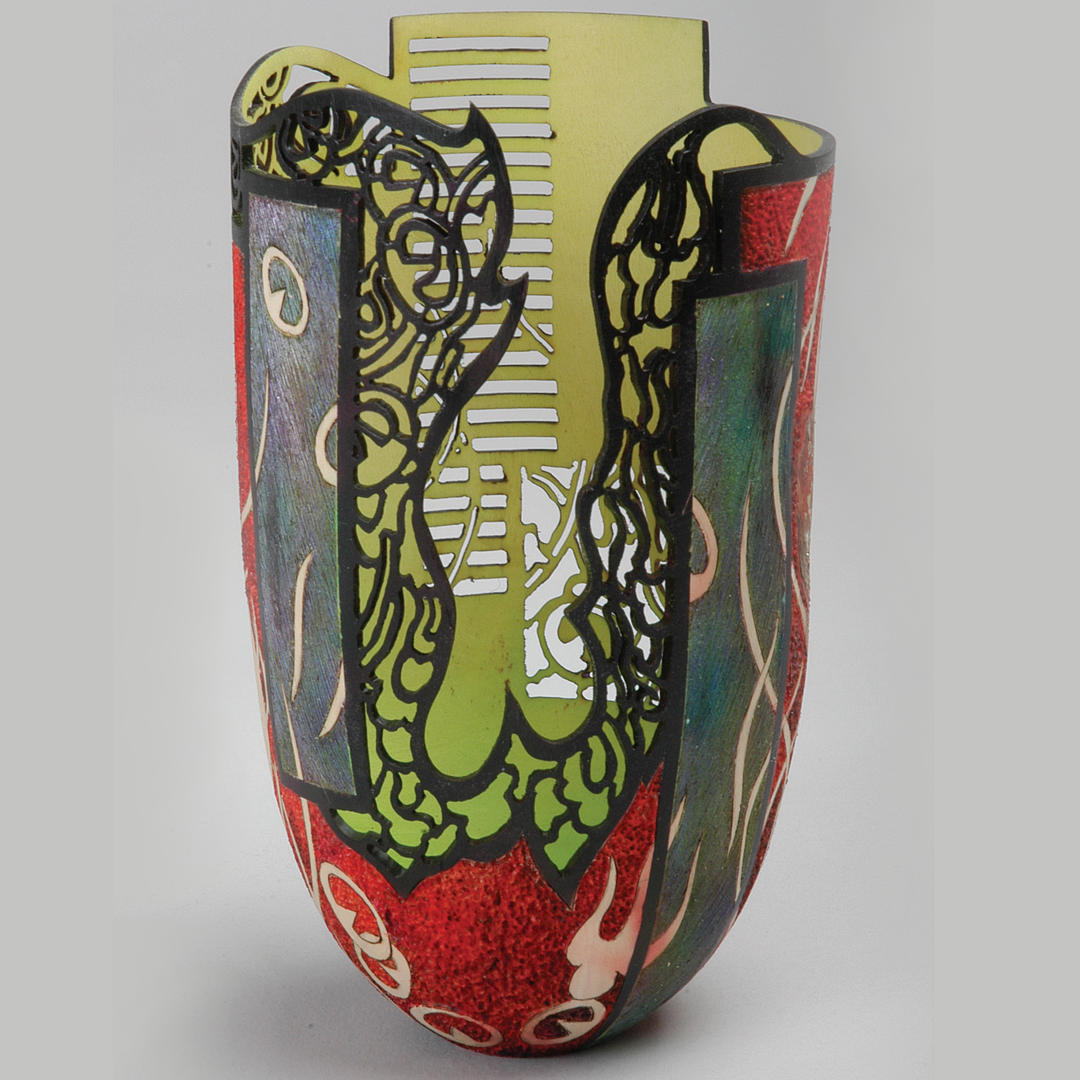
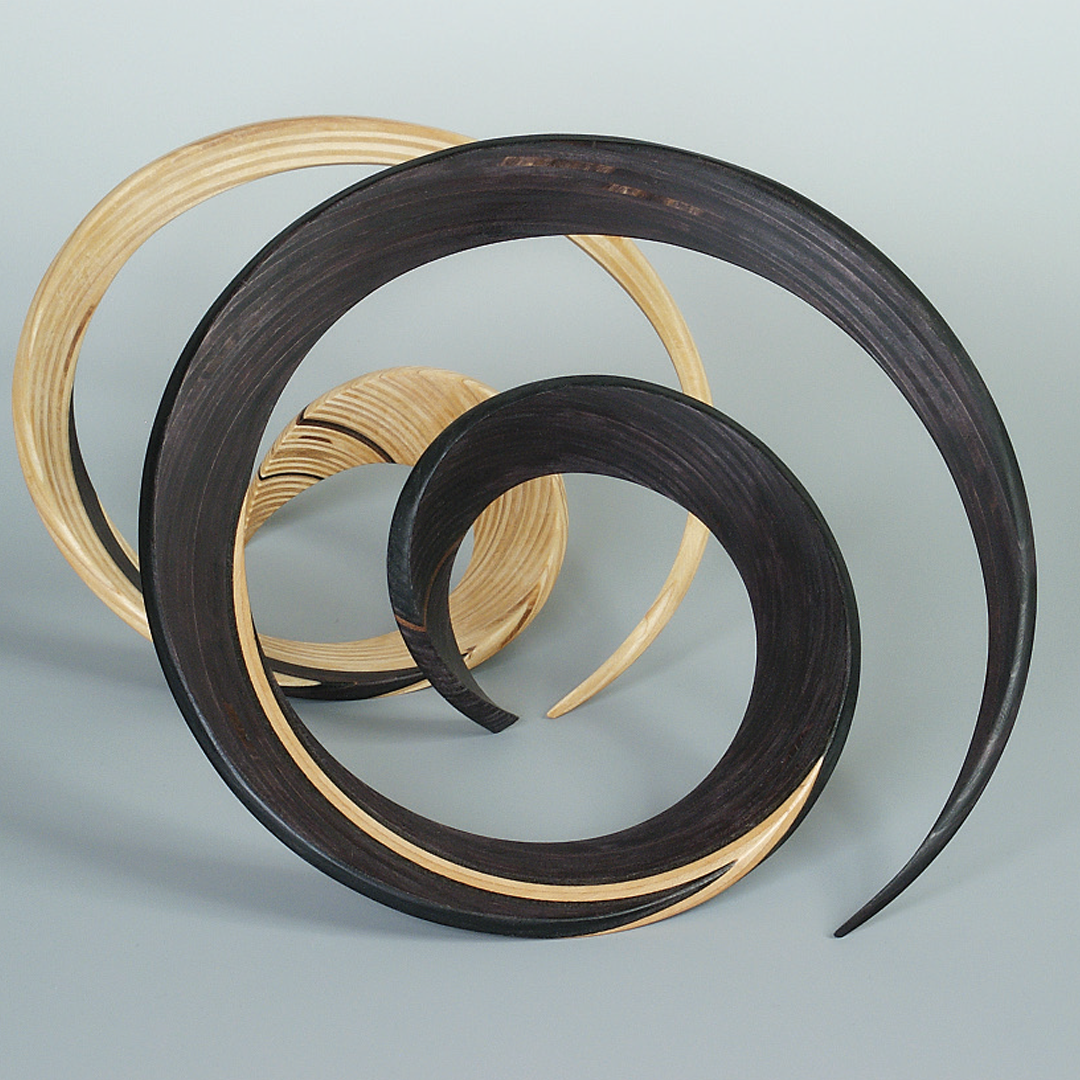
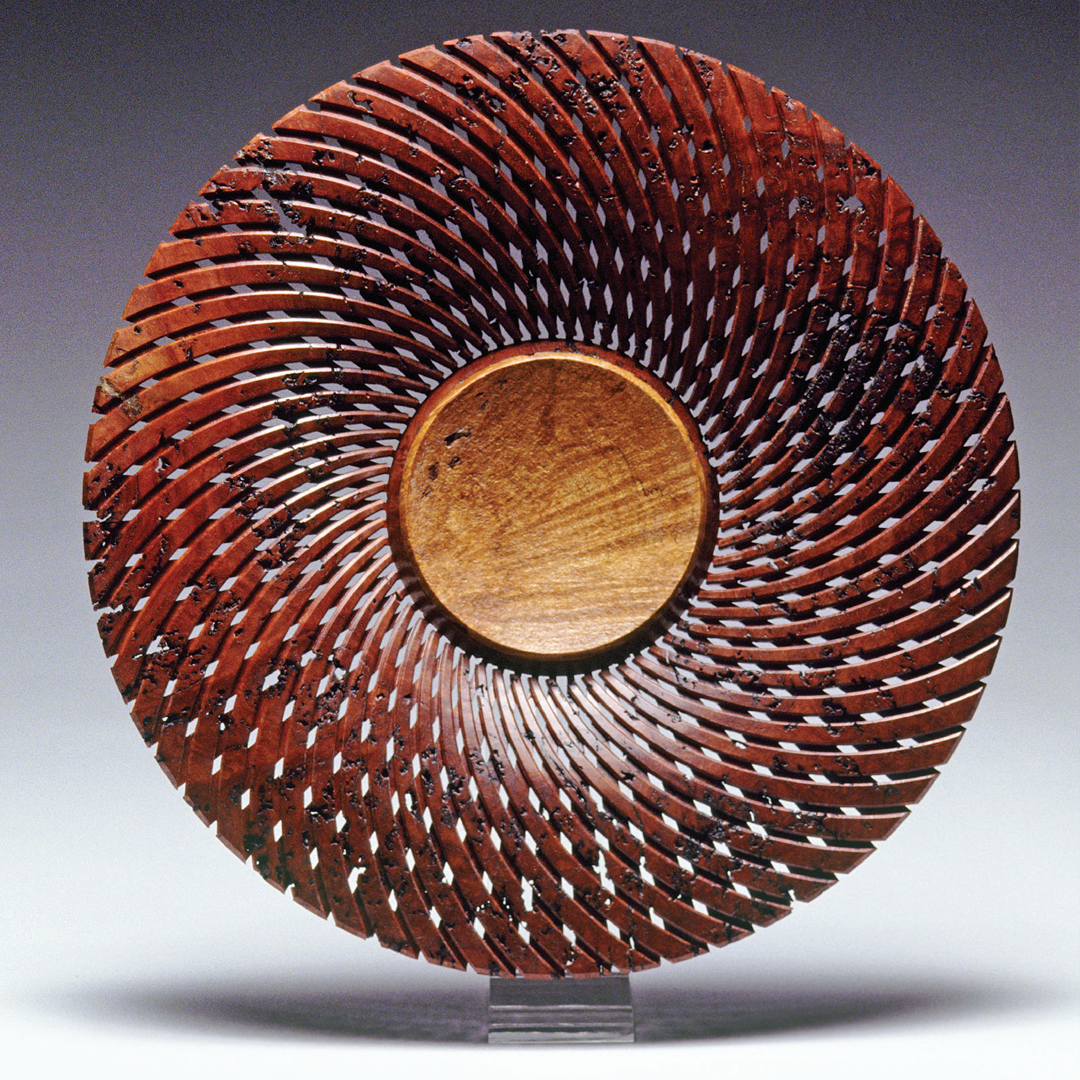
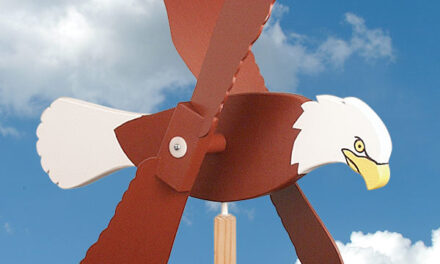
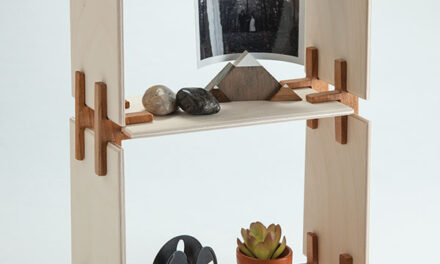
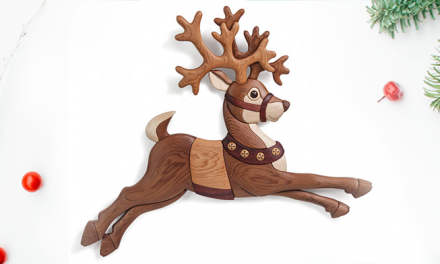
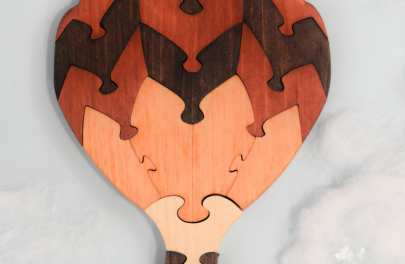
Recent Comments